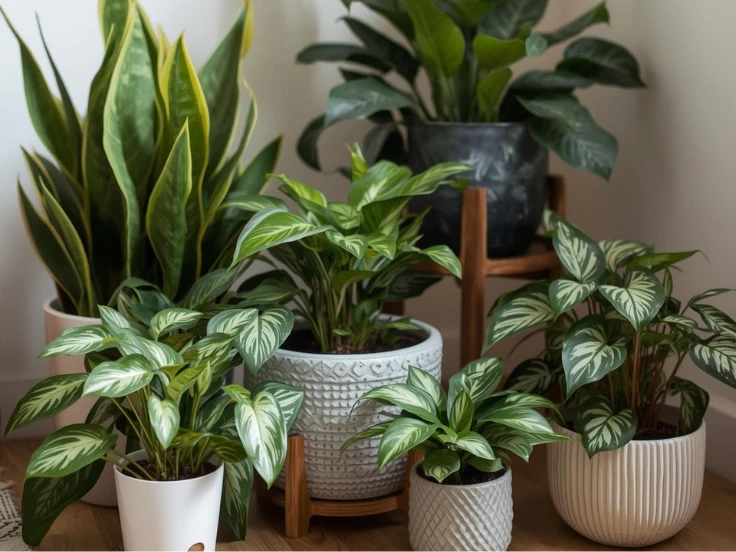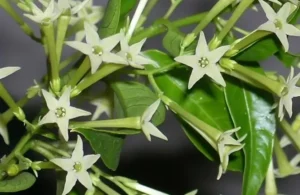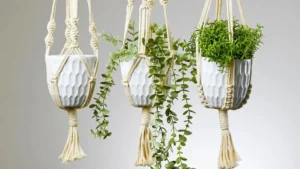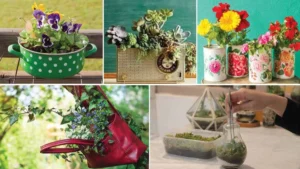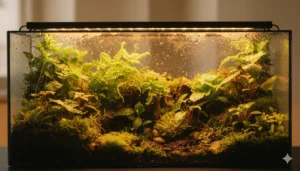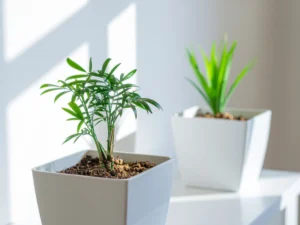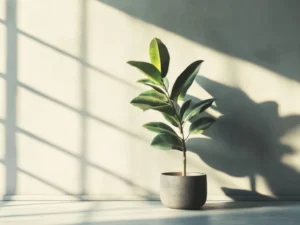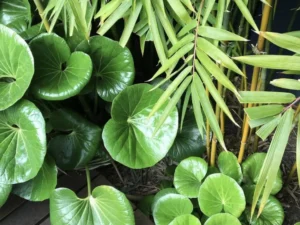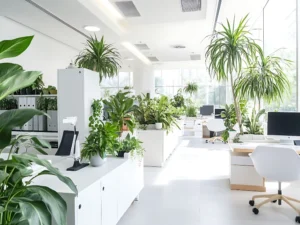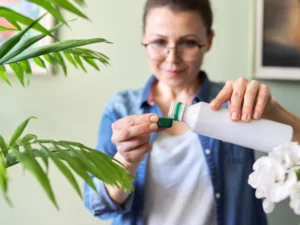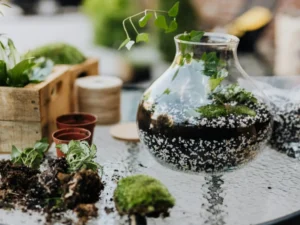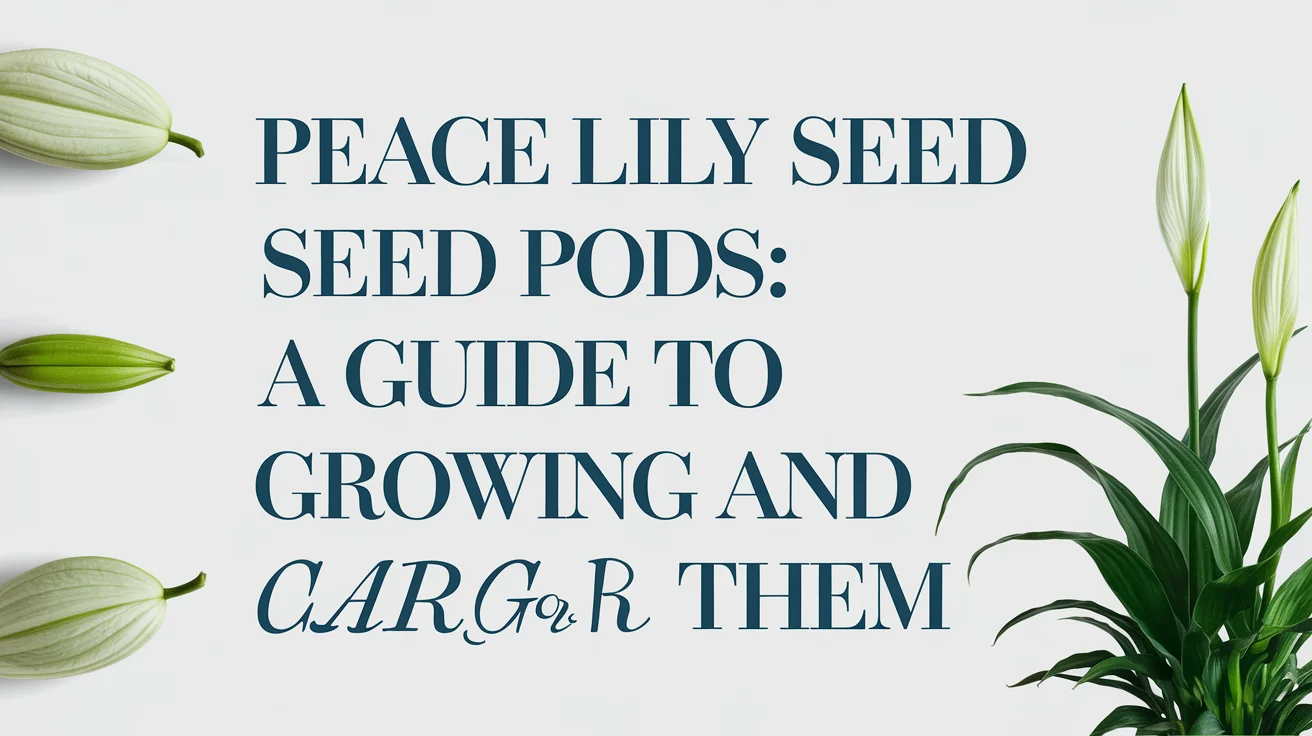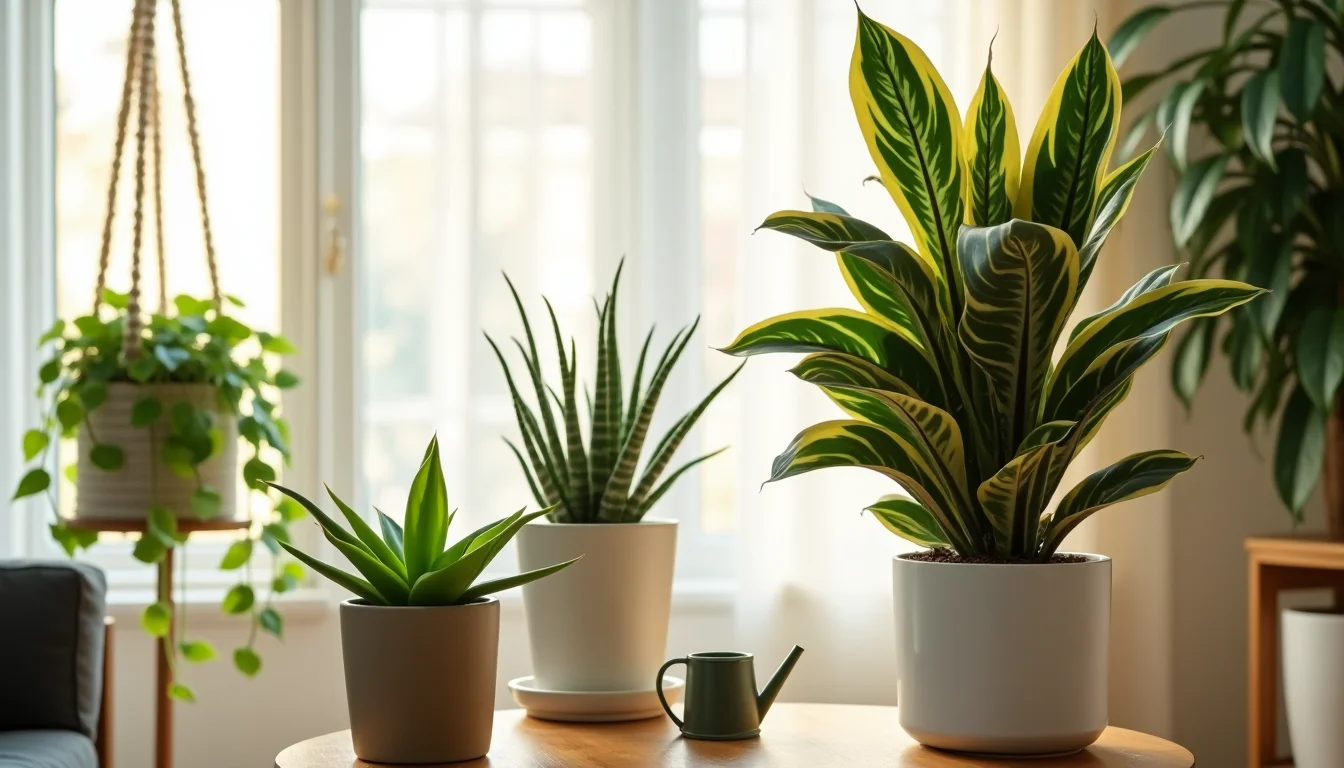Indoor gardening has evolved into an essential part of modern living. In fact, for city dwellers and office workers, lowlight plants have become a refreshing solution adding beauty and life to shaded corners where sunlight is limited. Low light plants are perfect for homes and offices where sunlight is limited, yet a touch of greenery is desired.
Moreover, these plants flourish even in artificial light and require very little care, which makes them ideal companions for apartments, studios, and offices.Unlike sun-loving plants, lowlight plants have adapted to dim conditions through years of natural evolution.
Consequently, they survive and thrive where most species would wither. As a result, these plants purify indoor air, enhance focus, and promote relaxation. Therefore, understanding their unique traits can help you design a low-maintenance indoor garden that boosts both aesthetics and well-being.
Understanding Lowlight Plants and Their Benefits
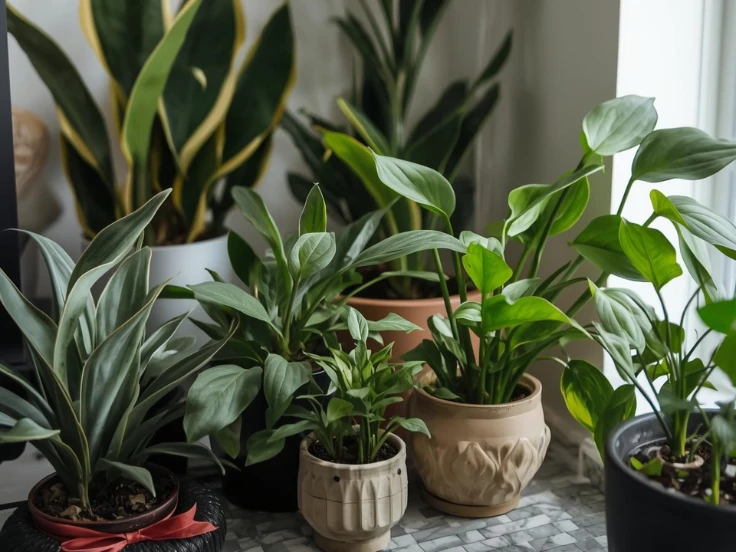
Lowlight plants are varieties capable of photosynthesizing efficiently even in limited light. Originally, many of these species evolved beneath dense tropical canopies, where direct sunlight rarely touched the ground. Over time, they developed large leaves and higher chlorophyll content to capture minimal light.
In addition, these plants contribute greatly to healthier living spaces. They absorb harmful toxins such as formaldehyde and benzene, improving air quality. Furthermore, research confirms that indoor greenery reduces stress and enhances productivity.
Consequently, homes and offices that include plants tend to feel calmer and more inviting.From an environmental perspective, lowlight species are sustainable because they consume less energy for lighting and require minimal watering. Altogether, they represent an eco-friendly choice that aligns with a greener lifestyle.
Top Low Light Plants for Homes and Offices
Although many people assume dark rooms can’t support greenery, in reality, plenty of plants flourish with limited light. These hardy species are perfect for apartments, offices, and shaded corners of your home. In addition, they require minimal maintenance while enhancing air quality and interior décor.
-
Snake Plant (Sansevieria): Extremely tough, filters toxins, and tolerates neglect.
-
ZZ Plant (Zamioculcas zamiifolia): Shiny leaves, drought-resistant, and perfect for offices.
-
Pothos (Epipremnum aureum): Fast-growing vines that adapt easily to artificial light.
-
Peace Lily (Spathiphyllum): Elegant white blooms and excellent air purifier.
-
Cast Iron Plant (Aspidistra elatior): Practically indestructible and thrives in dim corners.
-
Chinese Evergreen (Aglaonema): Attractive foliage and strong tolerance for shade.
-
Spider Plant (Chlorophytum comosum): Great hanging plant that cleans indoor air effectively.
Together, these species add beauty and freshness to any space while requiring minimal effort.
How to Care for Low Light Plants Indoors
Although lowlight plants are resilient, proper care ensures healthy growth and longevity. For instance, maintaining consistent watering and light conditions prevents stress. In addition, regular cleaning of leaves and occasional fertilization will keep them vibrant and thriving.
-
Watering: Allow the soil to dry between waterings. Otherwise, overwatering may cause root rot.
-
Lighting: Place plants near north-facing windows or under LED grow lights.
-
Humidity: Mist leaves weekly or use a humidifier to prevent dryness.
-
Temperature: Keep them between 18°C–26°C (65°F–78°F).
-
Fertilization: Feed a balanced fertilizer every 6–8 weeks during the growing season.
-
Cleaning: Wipe leaves regularly; thus, light absorption improves and dust decreases.
By following these simple steps, your plants will thrive all year long.
Common Mistakes When Growing Low Light Plants
Even though these plants are hardy, several mistakes can stunt growth or cause damage. For example, overwatering or placing them in complete darkness can quickly harm their health. Additionally, neglecting proper cleaning or crowding plants can reduce airflow and slow growth.
-
Overwatering: Roots suffocate quickly when the soil stays soggy.
-
Ignoring light needs: Low light doesn’t mean no light.
-
Skipping nutrients: Without fertilization, leaves fade and growth slows.
-
Using cold water: Instead, always use room-temperature water.
-
Crowding plants: Allow airflow to prevent fungus.
-
Neglecting dust: Clean leaves frequently for better photosynthesis.
Ultimately, preventing these mistakes helps maintain vibrant, long-lasting plants.
Why Lowlight Plants Are Perfect for Apartments
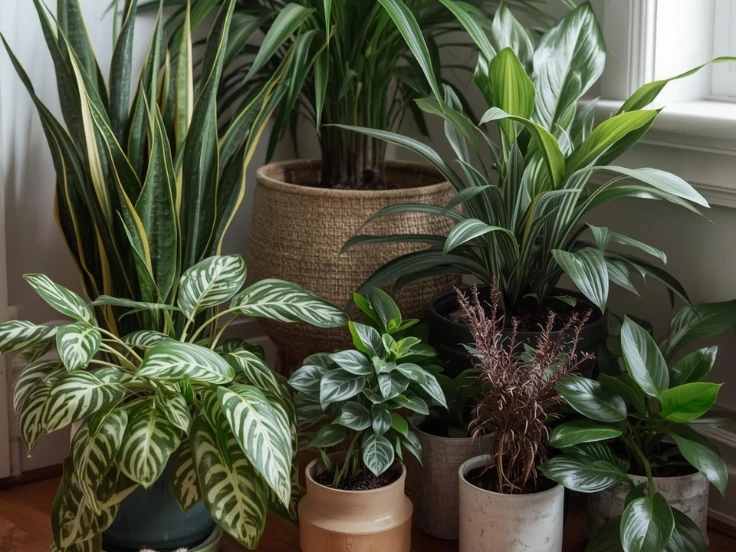
Urban apartments often have limited windows or face shaded alleys. Therefore, lowlight plants are an excellent choice for small, dim environments. Not only do they adapt easily, but also they enhance interior comfort and mood.
Moreover, they double as stylish décor pieces softening corners and bringing warmth to minimalistic interiors. Even if you travel frequently or work long hours, these plants survive extended neglect. In short, they’re the perfect fit for busy modern lifestyles.
Lowlight Plants That Purify Indoor Air
One of the most valuable traits of lowlight plants is air purification. According to NASA’s Clean Air Study, several species effectively remove indoor pollutants. For example, Peace Lilies filter benzene and formaldehyde, while Spider Plants absorb carbon monoxide and xylene, helping create a healthier indoor environment.
-
Peace Lily: Removes benzene, formaldehyde, and trichloroethylene.
-
Spider Plant: Filters xylene and carbon monoxide.
-
Snake Plant: Converts carbon dioxide to oxygen at night.
-
Pothos: Absorbs ozone and volatile organic compounds.
-
Dracaena: Cleanses toluene and xylene.
Consequently, these plants do more than beautify; they promote cleaner, healthier air for all occupants.
Decorating with Lowlight Plants
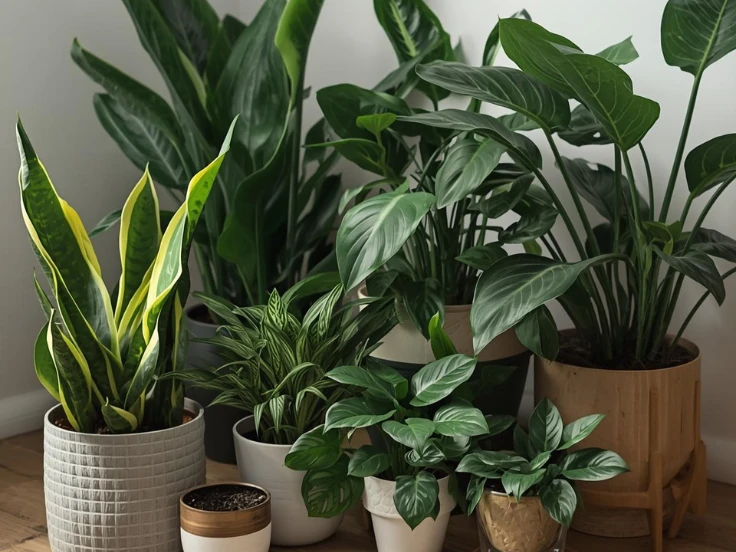
When it comes to décor, lowlight plants are incredibly versatile. They blend effortlessly with modern, rustic, or minimalist styles. For example, a combination of trailing and upright plants creates texture and visual interest.Use tabletop pots, hanging baskets, or floor planters for layered arrangements.
Additionally, pairing plants with different leaf colors such as green ZZ plants and variegated Aglaonemas adds contrast. In this way, you can design eye-catching green corners without much effort.Finally, choose ceramic or woven planters to enhance your theme while ensuring proper drainage.
Low Light Plants for Beginners: Easy-to-Grow Options
If you’re just starting out, don’t worry. Some plants are nearly indestructible and perfect for beginners. For instance, the ZZ Plant and Snake Plant thrive with minimal care, while Pothos and Cast Iron Plants adapt easily to low light conditions, making them ideal for busy or forgetful plant owners.
-
ZZ Plant: Grows steadily with very little water.
-
Snake Plant: Tough and forgiving if you forget to water.
-
Pothos: Fast-growing vines that indicate thirst by drooping slightly.
-
Cast Iron Plant: Handles poor light and irregular care.
-
Chinese Evergreen: Survives both low light and inconsistent watering.
Overall, these forgiving species make indoor gardening easy and enjoyable, even for busy individuals.
(FAQs)
1. How often should I water lowlight plants?
Usually every 7–14 days. However, always let the soil dry before watering again.
2. Can lowlight plants grow without sunlight?
They can’t live in complete darkness; instead, provide fluorescent or indirect light.
3. Do lowlight plants clean the air?
Yes. In fact, several species are proven natural air purifiers.
4. Are they safe for pets?
Some are safe, while others like Peace Lily are mildly toxic. Always verify before purchase.
5. What’s the easiest plant to grow?
The ZZ Plant is extremely low-maintenance and perfect for beginners.
Conclusion:Low Light Plants
In conclusion, low light plants prove that greenery doesn’t need direct sunlight to thrive. With minimal care, they can transform dim corners into vibrant, lively spaces. Pairing them with indoor plants that repel bugs keeps your home fresh, green, and pest-free.
These plants purify the air, boost mood, and add lasting charm to any interior. Whether you’re a beginner or an expert, they grow effortlessly indoors. For more tips on selecting and caring for indoor greenery, check out our guide on small indoor house plants to keep your plants healthy and thriving.

